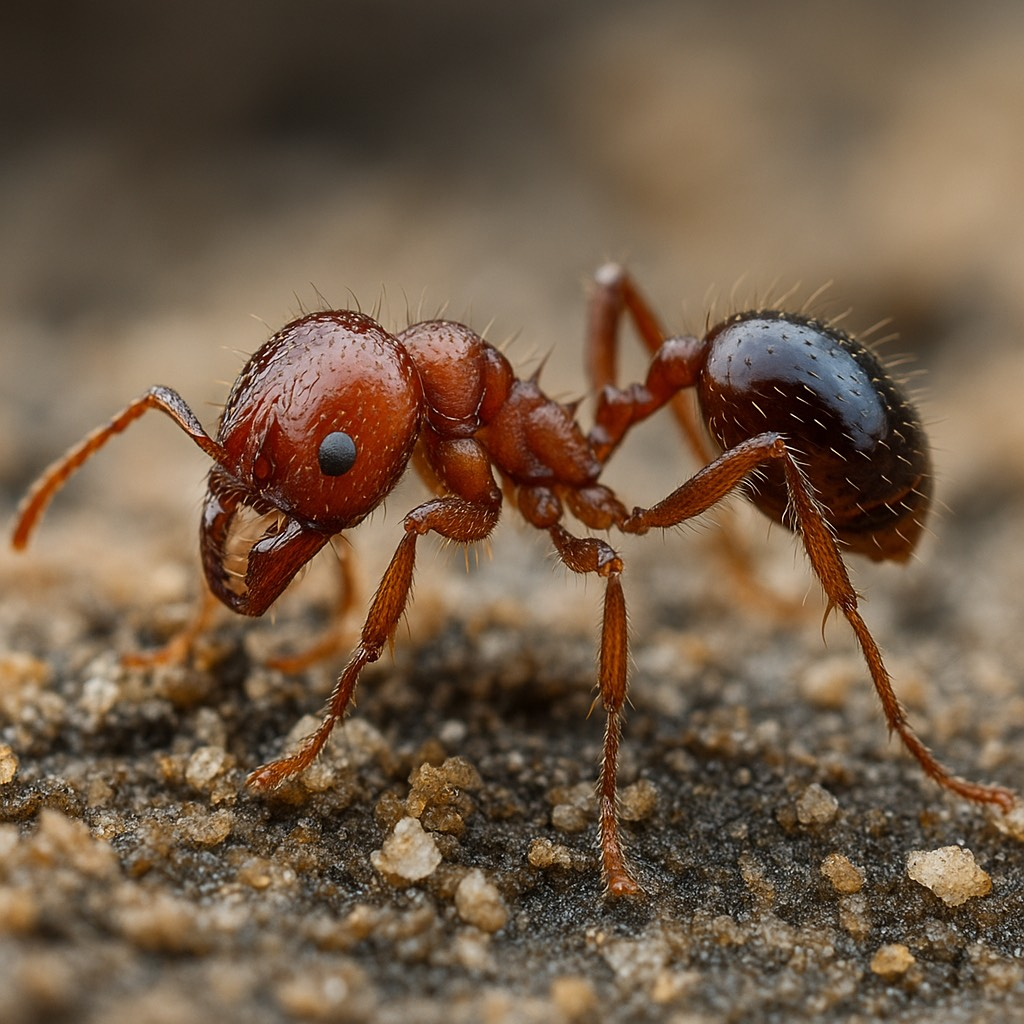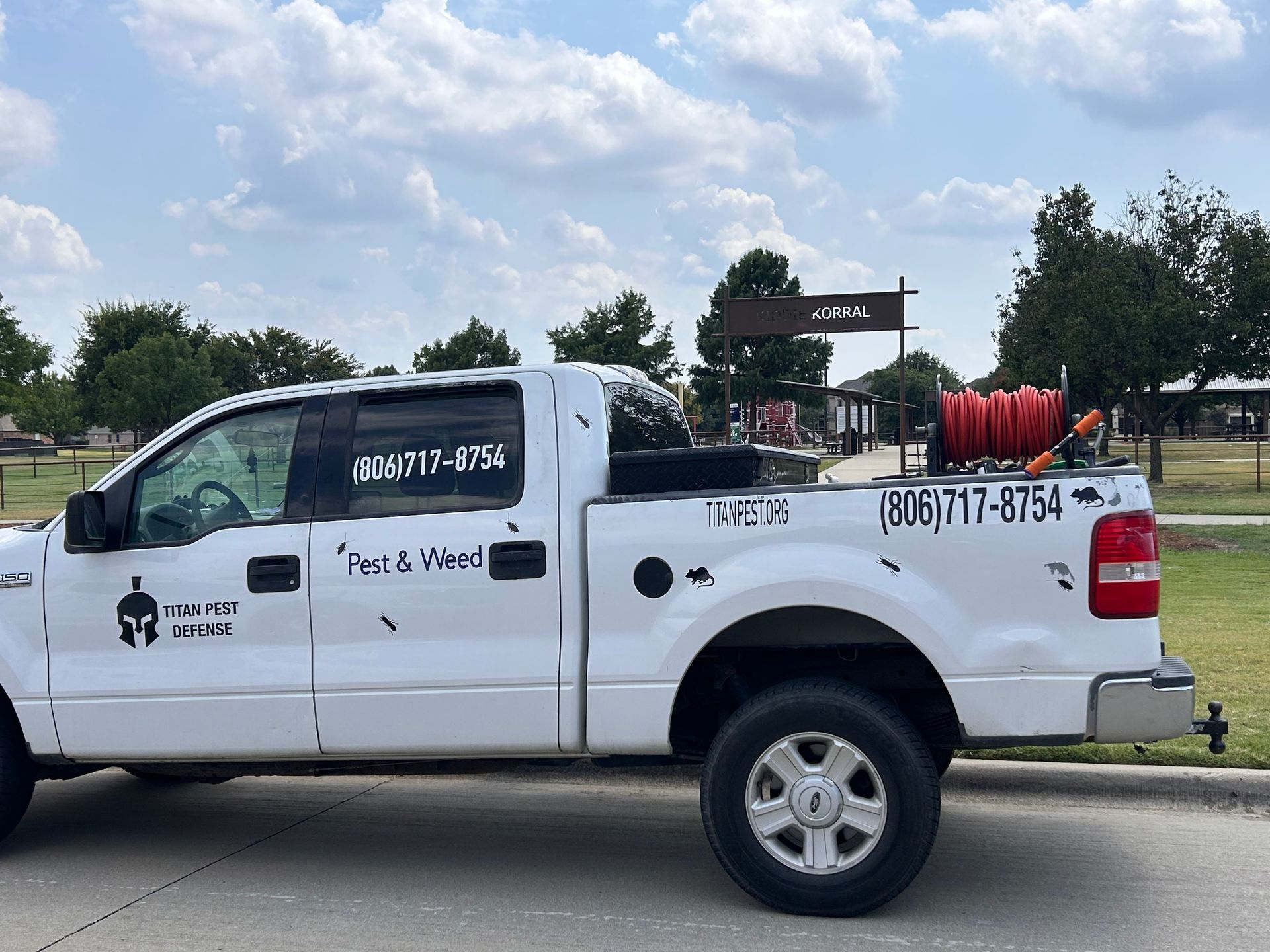Why Fire Ants Are So Aggressive in Texas
Few insects strike fear into Texans like the red imported fire ant. Their painful stings, aggressive behavior, and tendency to swarm make them one of the most dreaded pests in the state. But have you ever wondered why fire ants are so aggressive—especially here in Texas?
In this article, we’ll break down the science behind fire ant aggression, what makes Texas such a perfect home for them, and how to protect your home and family from these relentless invaders.

What Are Red Imported Fire Ants?
Red imported fire ants (Solenopsis invicta) are non-native, invasive ants that originated in South America. They were accidentally introduced into the U.S. through the port of Mobile, Alabama in the 1930s—and have since spread aggressively throughout the southern United States.
Today, fire ants are one of the most widespread and destructive invasive species in Texas, damaging property, harming wildlife, and injuring thousands of people every year.
What Makes Fire Ants So Aggressive?
There are several reasons these ants are so hostile compared to native species:
1. They Defend Their Colonies Viciously
Fire ants are highly territorial. When they sense vibrations or disturbances near their mound—like footsteps, lawn equipment, or even rainfall—they emerge in seconds to attack.
Unlike most native ants, fire ants bite and then sting, injecting venom multiple times.
2. They Have a Potent Venom
The venom contains solenopsin, a toxic alkaloid that causes a burning, itchy pustule. For sensitive individuals, stings can cause serious allergic reactions, including anaphylaxis.
The pain and swelling from just a few stings is enough to deter larger predators, including humans.
3. They Swarm in Large Numbers
When one fire ant attacks, it releases pheromones that signal others to join the defense. This leads to fast, overwhelming swarms.
It’s not uncommon for people or pets to suffer dozens of stings within seconds.
Why Texas Is a Hotspot for Fire Ant Activity
Texas has become one of the hardest-hit states for fire ant infestations—and there are specific reasons for that:
1. Warm Climate
Fire ants thrive in hot, humid conditions. Texas provides the perfect climate for them to remain active almost year-round, especially in South and Central Texas.
2. Sandy or Loamy Soil
They prefer open, sunny areas with loose soil—like lawns, parks, pastures, and new construction sites common across Texas suburbs.
3. Lack of Natural Predators
Because they’re invasive, red imported fire ants have no natural predators in Texas. Native wildlife hasn't evolved defenses against them, allowing them to dominate food sources and displace other species.
4. Rapid Reproduction
A single queen can lay up to 1,500 eggs per day. With multiple queens in one colony (known as polygyne colonies), populations can explode, making eradication difficult.
Where Fire Ants Are Common in Dallas Homes
At Titan Pest Defense, we often find fire ants:
- In lawns and flowerbeds
- Near AC units or utility boxes
- Under patios or driveways
- Inside wall voids or electrical boxes
- Along fence lines or greenbelts
If you're in areas like Lewisville, Carrollton, Frisco, or Aubrey, fire ants can be especially persistent due to the mix of residential landscaping and open land.
Health Risks of Fire Ants
Fire ants aren’t just annoying—they’re dangerous:
- Allergic reactions: A fire ant sting can cause swelling, rashes, or even life-threatening anaphylaxis in sensitive individuals.
- Injury to pets: Curious pets can get stung repeatedly, especially when digging.
- Infants and elderly at risk: People who can’t move quickly may be more vulnerable to repeated stings.
According to the CDC, fire ants account for thousands of ER visits in the U.S. every year due to severe allergic reactions.
Why DIY Fire Ant Control Often Fails
Over-the-counter baits and sprays may seem like a quick fix, but they usually don’t eliminate the queen—which means the colony survives.
Plus, improper use can:
- Scatter the colony (they relocate when threatened)
- Harm pets or wildlife
- Kill beneficial insects like native ants
Professional Fire Ant Control in North Texas
At Titan Pest Defense, we use targeted baiting and broadcast treatments that attack fire ants at the colony level.
Our fire ant service:
- Targets both visible and hidden mounds
- Uses EPA-registered products safe for families and pets
- Includes preventive treatments to reduce future outbreaks
- Is included as an add-on in all of our Zeus and Titan pest plans
For high-risk areas like backyards near parks, fields, or greenbelts, we also recommend seasonal reapplications—especially before peak summer activity.
What You Can Do To Prevent Fire Ants
Here are some easy prevention tips you can implement right now:
- Avoid overwatering your lawn (fire ants love moist soil)
- Seal cracks in driveways and foundations
- Trim back plants and groundcover to limit hiding spots
- Keep food and trash sealed outdoors
- Check mulch or sod before installing in your yard
Areas We Serve for Fire Ant Control
Titan Pest Defense provides fire ant control in:
Final Thoughts: Don’t Let Fire Ants Take Over
If you're tired of seeing mounds pop up in your yard—or worse, dealing with painful stings—now’s the time to act. Fire ants won’t go away on their own, and DIY products rarely offer lasting protection.
Titan Pest Defense offers affordable, contract-free solutions that stop fire ants fast—backed by local experience and professional-grade treatments.





